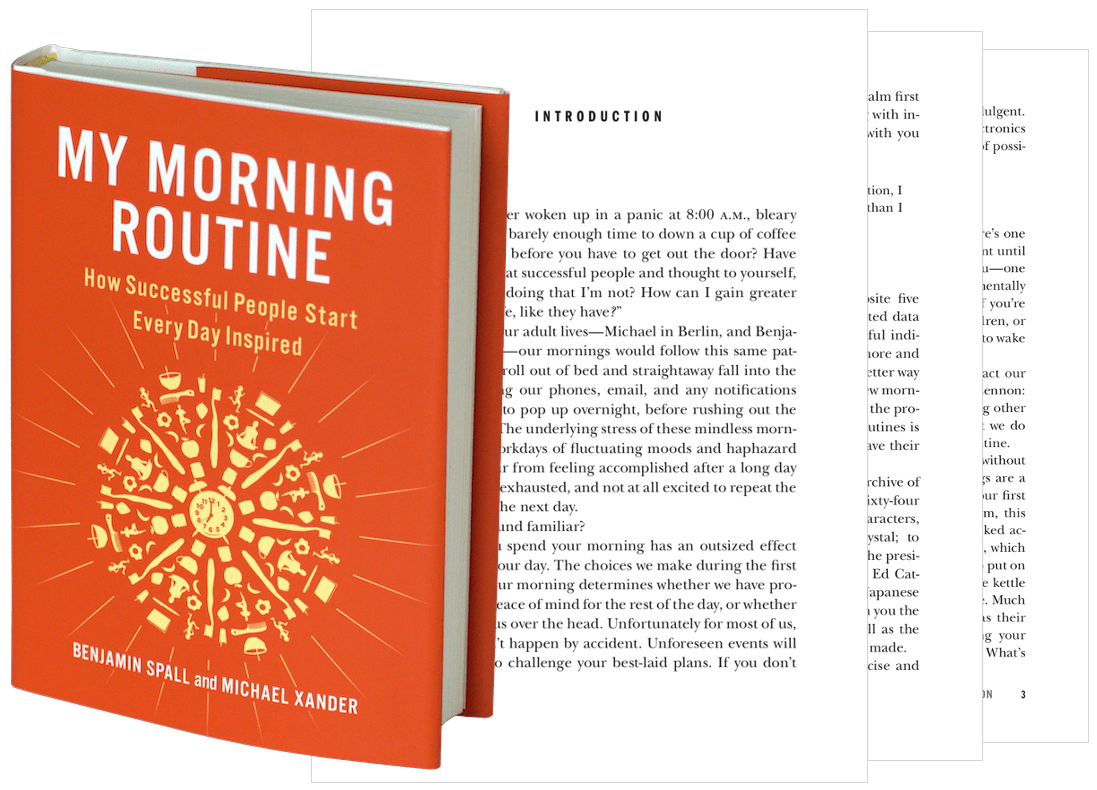What Is an Op-Ed Article? Op-Ed Examples, Guidelines, and More

Have you ever wondered the name of those articles in newspapers or online that seem to be more conversational in style than standard news stories?
These are called op-ed articles, and they are an entirely different style and format of writing that is typically found in the opinion section of a newspaper, magazine, or website.
In this article, I’m going to answer the question what is an op-ed article by digging into exactly what an op-ed article is as well as looking at some op-ed examples, how to write an op-ed, and how (and where) to submit an op-ed.
What Is an Op-Ed Article?
Op-ed stands for “opposite the editorial page,” and an op-ed article is an article in which the author states their opinion about a given topic, often with a view to persuade the reader toward their way of thinking.
Despite the “op” in “op-ed” not standing for “opinion,” op-eds are often called opinion pieces because, unlike standard news articles, the authors of op-eds are encouraged to give their opinions on a certain topic, as opposed to simply reporting the news.
Op-eds are sometimes written by a ghostwriter, which means somebody writes the op-ed on behalf of someone else (such as a businessperson or politician), then the intended author makes some tweaks, with the final version being attributed—bylined—to the intended author instead of the ghostwriter.
Anonymous Op-Eds
Op-eds can also be anonymous, although for larger publications, such as the New York Times, Wall Street Journal, and Washington Post, an anonymous op-ed is typically only allowed when the writer’s job (or in extreme cases, their life) would be jeopardized if their name or other distinguishing details were disclosed. In cases when an anonymous op-ed is allowed to go ahead, the author’s true identity is known by the publisher.
Whether or not anonymous op-eds should be allowed to be published comes up for frequent scrutiny, the most recent episode of which being in September 2018 after the New York Times published an anonymous opinion piece by a senior official working in the Trump administration. (In October 2020, former chief of staff in the Department of Homeland Security, Miles Taylor, publicly confirmed that he had authored the article.)
Op-Ed Responses
Often, op-ed articles are written in response to something that is happening in the news at a particular time; such as during a climate change summit or election cycle, or they are written as a response to another op-ed, whether the first opinion piece was published in the same newspaper or, for example, somebody decided to write an op-ed in the New York Times in response to an op-ed that appeared in the Wall Street Journal.
While there is no generalized word limit for an op-ed, most published op-eds run under 1,000 words. The New York Times notes that:
Written essays typically run from 800 to 1,200 words, although we sometimes publish essays that are shorter or longer.
Op-Ed Examples
For an article to be an op-ed it must, as noted above, appear in an opinion column. As many people find themselves reading op-eds after clicking a link online, op-ed columns typically also have the words ‘Opinion’ or ‘Guest Essay’ displayed above or close to the column’s headline.
If you’re looking for op-ed examples, look no further than the opinion pages of three of the largest newspapers in the United States, namely the New York Times, Wall Street Journal, and Washington Post opinion pages (for a longer list, see the How (and Where) to Submit an Op-Ed section below).
The Difference Between Op-Eds and Regular Articles
Some columns that look like a good op-ed article example are in fact lifestyle articles that, while not being timely in relation to the news of the day, aren’t defined as op-ed articles because they are purely factual, with no opinion being given.
Articles I have personally written for the New York Times, New York Observer, Quartz, and similar publications had to be meticulously sourced and fact-checked before publication; and my opinion surrounding any of the topics in question was not taken into consideration, unlike for an op-ed.
That’s not to say you can simply make up facts when writing an op-ed. You can’t have your own opinion about the year Queen Elizabeth II was born (1926), the height of the Empire State Building (1,454 ft.), or the length of the Great Wall of China (21,196 km). Depending on what your op-ed is discussing, you can sprinkle your opinion in around facts, but those facts must be deep-rooted in order for your audience to get on board with your argument—and for a reputable source to choose to print your article.
How to Write an Op-Ed
Of course, knowing what an op-ed is and knowing how to write an op-ed are two different things entirely.
Here are my top five tips on how to write an op-ed:
- Get to the point: The moment a reader (or your potential editor) starts reading your op-ed article they need to know what it is about, and why it matters to them.
- Have a clear thesis: Submitting a meandering opinion column is a surefire way to ensure you do not hear back from the editor. Outline your entire op-ed before sitting down to write, and keep a clear thesis in mind.
- Write what you know: While many factors go into the op-ed selection process, having authority in the topic you’re writing about, as well as a persuasive argument, is required above all else.
- Write for the publication you’re pitching: Don’t use technical phrases if it is a non-technical publication. Look into what they have published on your topic in the past. How can you advance this discussion?
- Stick to the rules: Most op-ed sections list their rules for publication. These often include information on how to source your facts, a well as the house style.
How (and Where) to Submit an Op-Ed
It’s easy to submit an op-ed to either a national or local newspaper, or to a trade publication in your field. Assuming you’ve read my advice on how to write an op-ed above, here are the links you’ll need to submit an op-ed to the following newspapers:
- New York Times
- Wall Street Journal
- Washington Post
- USA Today
- Los Angeles Times
- Houston Chronicle
- Chicago Tribune
- San Francisco Chronicle
- Tampa Bay Times
- Newsday
- Dallas Morning News
- Denver Post
- Seattle Times
If you want to submit an op-ed to your local newspaper or a trade publication, look in their opinion columns for information on how to send in your submission, or search for their name alongside the word “submissions” online.
I hope this article on what an op-ed article is will help you on your journey toward writing and submitting your first op-ed to a major newspaper or publication.
If you’re interested in hearing more from me, be sure to subscribe to my free email newsletter, and if you enjoyed this article, please share it on social media, link to it from your website, or bookmark it so you can come back to it often. ∎




